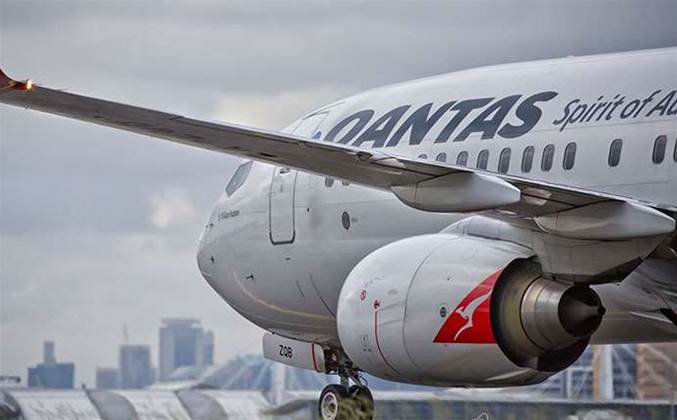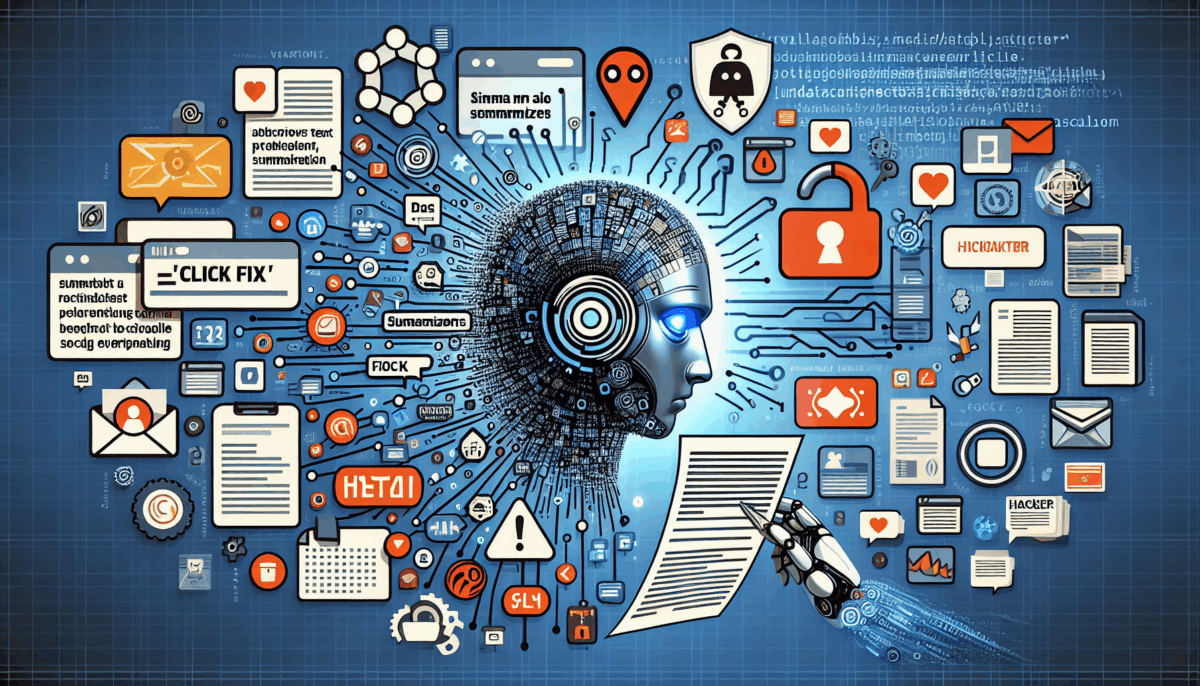Qantas Initiates Bold AI Growth Throughout the Entire Organization
We independently review everything we recommend. When you buy through our links, we may earn a commission which is paid directly to our Australia-based writers, editors, and support staff. Thank you for your support!
Quick Overview
- Qantas is pouring resources into an extensive AI strategy across its operations.
- Efforts include AI-enhanced catering logistics and procurement oversight.
- Qantas.com will be revamped with a conversational AI assistant by FY26.
- Additional tech investments involve new customer service solutions and fleet performance monitoring.
- Technology spending increased by 12% because of IT and supply chain initiatives.
- Qantas announced a profit of $1.61 billion, reflecting a 28% rise compared to the previous year.
AI-Driven Change
Qantas aims to upgrade its operations through a strong AI strategy that spans multiple areas of its business. The airline is implementing AI technologies for improved corporate and customer assistance, enhanced inflight catering, and more efficient procurement systems.
Innovative AI Implementations
At present, Qantas has introduced a generative AI assistant designed to increase productivity among senior management teams. In the coming year, the airline intends to deploy AI-powered models to refine inflight catering and minimize food waste and to introduce a procurement contract lifecycle management system to prevent value erosion.
Website Revamp
By the close of FY26, Qantas plans to finalize an extensive redesign of its website, Qantas.com. This renovation will incorporate a conversational AI assistant, improving user interaction and satisfaction.
Wider Technological Investments
Apart from AI, Qantas is making investments in various technology advancements. This includes new applications for airport and lounge personnel to enhance customer engagement, data-driven fleet health monitoring for proactive upkeep, and an ongoing pricing mechanism powered by data analysis.
Financial and Strategic Overview
Qantas’ dedication to technology is evident in its financial performance, with a 12% uptick in tech and digital expenditures. This increase is linked to escalating IT licensing fees and supply chain transformation efforts. The airline is also prioritizing improvements in its cybersecurity measures and corporate systems.
Recap
Qantas is making notable progress in integrating AI and technological advancements throughout its operations. From enhancements in customer service to operational efficiencies, these initiatives are poised to revolutionize the airline’s capabilities and offer exceptional customer experiences.












.jpg&h=420&w=748&c=0&s=0)
.jpg&h=420&w=748&c=0&s=0)
